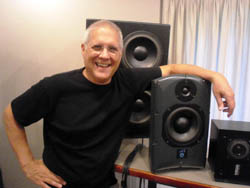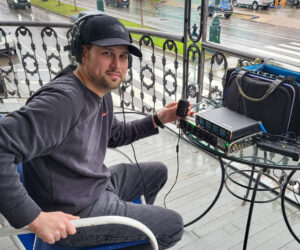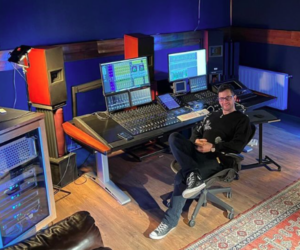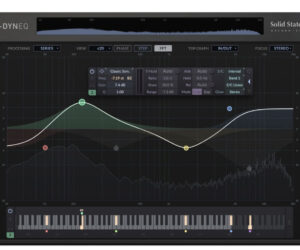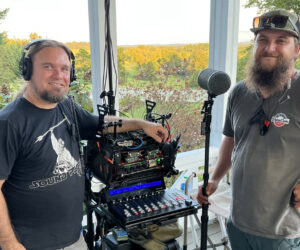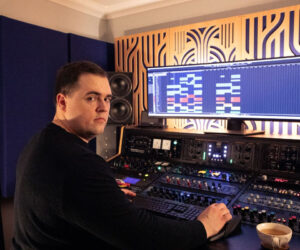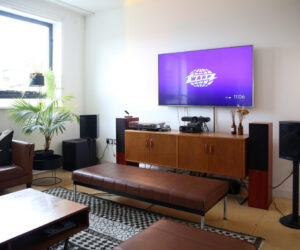Kyle Lehning has been recording and producing country and rock records for nearly forty years and recently jumped at the chance to work with one of his favorite producers, Fred Mollin, on legendary songwriter Jimmy Webb’s re-rendering of Webb classics.
Included on Just Across the River are many of the most influential songs in the contemporary music canon, including “By the Time I Get To Phoenix,” “Wichita Lineman,” and “Galveston,” performed by Webb himself and guests Glenn Campbell, Lucinda Williams, Linda Ronstadt, and Mark Knopfler.
Like every other project that he has worked on in the last decade, Lehning mixed Just Across the River on his trusted pair of ATC SCM20ASL high-end studio monitors.
“With the ATCs, it was love at first… hearing,” recalled Lehning. “There was an overall sense of evenness, and the center image was way better than everything else I had been working on. Like a lot of folks in this industry, I have been guilty of some ‘flavor of the month’ with the monitors I favored.”
“I bounced around a bit. But when I heard the ATCs that first time it was pretty amazing. The sound seemed to come to me from them. It didn’t flap around the room the way everything else seems to. I’ve been with the ATCs for over a decade now, way longer than any previous stretch with any other manufacturer.”
Lehning recognizes that even the best recording requires diligent work at the mix stage. Under the leadership of Mollin – the perfect mixture of inspiration, confidence, and respect that lays a sure foundation for creative teamwork – the musicians and technical staff worked together to record Just Across the River at Sound Emporium Studios in Nashville in only two amazing days.
“In my experience – and this has happened enough times that I can recognize it now – if I pull up the faders for the first time in preparation for mix and think, ‘Man! I’m a genius!’ then I know there is something very wrong with the monitors,” said Lehning. With the ATC SCM20ASLs, he gets an honest assessment of where things stand.
“My first impression isn’t that everything is wonderful, but rather that I have some work ahead of me. The good news is that once I get things sounding right on the ATCs – which takes more effort than it might on other monitors – I can be confident that it will sound right in any other environment. Professionally, there are never any embarrassing surprises at mastering.”
Recently, Lehning added a pair of JBL 1,000-watt subwoofers to his ATC rig. “I used the ATCs by themselves for the better part of a decade and made some really wonderful mixes on them, including Randy Travis’ ‘Three Wooden Crosses’,” he said.
“But given where the industry is headed, I talked to Chuck Ainley, another ATC user, who suggested I add a sub, as he had used this setup with Mark Knopfler’s ATC SCM20ASLs. The whole rig is still defined by the ATC honesty, but now I can be sure there are no blunders that will pop up on a low-end-heavy system.”
“I love that all ATC models have the unique sound of the ATC mid-range,” he said. “When you go up the chain from SCM20ASLs to 150s to 300s, you easily recognize they are all from the same family. As Doug Sax of The Mastering Lab often masters my work, I feel there is no great shock moving up to his SCM150ASLs. ATC is one monitor I can always trust.”


